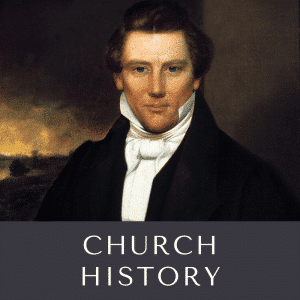Description
Albert Heinrich Hoffman
Albert Heinrich Hoffman, was a language professor and librarian at a university in Europe in the 1830s. He was part of a new generation of scholars at that time, who saw value in preserving and studying the art and literature of common people. Story is told as Hofmann was traveling in Celestia, an area in Central Europe. (I hope I pronounced it right)His purpose was to gather traditional songs of the region. That’s why he was there, some of which had religious themes. He happened to hear a group of peasants singing a traditional folk song, and was very much impressed.
Hoffman copied down both the words and music from this oral recitation and published the song in a collection in 1842. The union of the traditional folk tune and words, praising the Savior made a beautiful song, and a way for those people to celebrate their beliefs and their faith.
Very little was known of this mysterious song’s origin even today, it’s a mystery. There are stories and legends that are attributed to being sung by crusaders in the 12th century German crusaders, but there is no historical fact to back that up. It’s a legend. But it has been discovered that the song was published as early as 1677. In a German Roman Catholic hymn book. Who wrote it? Where did it come from? We don’t know.
In another part of Europe, a Danish sculptor was searching for just the right way to portray the Lord Jesus Christ in sculpture, a way that was different and broke the mold, if you will, for the way it was being done by sculptors of the time.
So he was commissioned in 1819 to create a collection of statues of Christ and the twelve apostles for the renovation of a Lutheran Church of Our Lady in Copenhagen, Denmark. The church had been damaged during the Napoleonic Wars.
So the sculptor set to work, drawings and clay models were originally used as he designed a sculpture of Christ. According to JM Thiele, the sculptor’s biographer, the sculptor wrestled with his creation with the way he wanted to portray the Savior, traditional holes that he had two poses for the Savior. One was arms folded upon his chest, and another with arms raised over his head. But something about that, according to the biographer, didn’t seem and didn’t set right with the sculptor.
He expressed his frustration about that to one of his friends, who with a desire to help the friend, outstretched his arms and asked what Thorvaldsen wanted to communicate with the design of the statue. As Bertel Thorvaldsen looked at his friend and contemplated an answer, he suddenly exclaimed, I have it now. And it shall be so.
Thus, according to the biographer, that conception of the statue was nothing short of divine inspiration. The arms of the Savior were designed to reach out and welcome whoever looked at him.
The statue was originally made of clay and then plaster, a final version of the statue along with sculptures, the 12 apostles were made of Carrara marble from Italy, and placed in the Church of Our Lady in 1838.
In Thorvaldsen’s search to find the Savior, the statue became the crowning achievement of his life. And you know it today as the “Christus”.
American scholar Richard Storrs Willis, who graduated from Yale University, spent six years studying music in Germany, and searching while he was there for music, which celebrated Christian beliefs. While he was there, he encountered a well-known, simple, yet beautiful song about the Savior; the same one that had been discovered among the peasants, by Hoffman. Willis returned to the United States in 1848 and through his efforts, three verses of that mysterious song were translated into English and published in church chorales, and choir books in 1850.
What is that mysterious tune? That mysterious song of unknown origins sung by peasants and brought to America? Fairest Lord Jesus, or sometimes titled, Beautiful Savior.
Fairest Lord Jesus,
ruler of all nature,
O thou of God and man the Son,
Thee will I cherish,
Thee will I honor,
thou, my soul’s glory, joy, and crown.
Copyright Glenn Rawson 2021
















Reviews
There are no reviews yet.